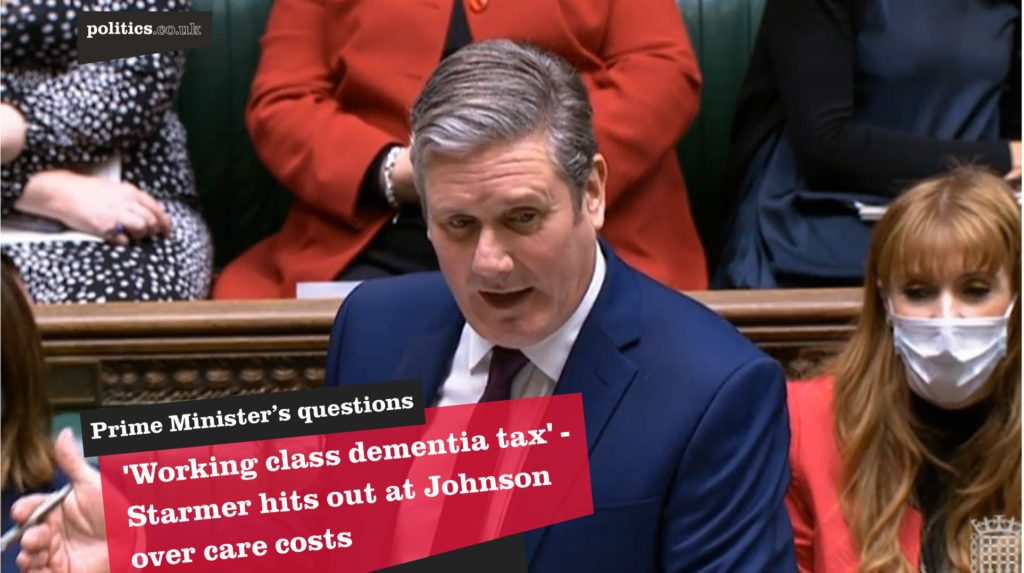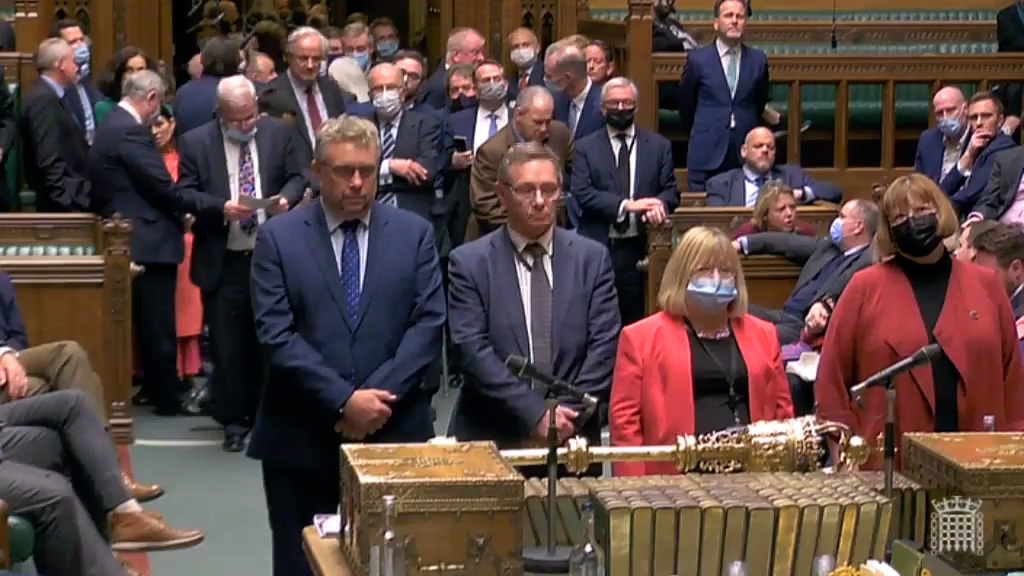What is the 2014 Care Act?
The 2014 Care Act changed the way that adults in England who require care due to old age, illness or disability receive support. The Act replaced most existing legislation on this issue. The Guardian newspaper called the Act, ‘the most significant change in social care law for 60 years.’
At the heart of the Care Act is the ‘wellbeing principle’, which establishes local authorities’ responsibility to safeguard and further the wellbeing of those under their jurisdiction.
The Care Act introduced new ways of supporting adult social care. A set of ‘National Minimum Eligibility Criteria’ was introduced to make sure that people across the country were receiving the same care for the same needs.

The 2014 Care Act updated the legal framework for care in the UK
The Care Act laid out a plan to introduce a ‘Cap on Care Costs’, a total of £72,000 over an individual’s lifetime, excluding normal living costs such as food. This cap was based on proposals made by the Dilnot commission in 2011. In the 2017 General Election, Theresa May later proposed a new threshold which would see people funding their own care if they had assets in excess of £100,000, although the proposals were subsequently dropped.
The Care Act also changed existing financial measures. Deferred Payment Agreements, a type of loan through which local councils pay people’s care home fees, were modified in relation to their interest costs and the fees levied to enter into such arrangements.
Finally, the 2014 Care Act also offered additional support to unpaid carers of family and friends and raised the means-test threshold for people to be eligible for financial support towards care costs.
Why was the Care Act introduced?
Before the 2014 Care Act was introduced, individuals’ care needs and the relevant public support were regulated by several different pieces of legislation, amounting to a complex system that was difficult to navigate.
As well as aiming to simplify and standardise care for eligible adults in England, the 2014 Care Act also reflected a wish to assist people in remaining independent as long as possible, focusing on the prevention of further issues, rather than just tackling them once they arise.
Main Provisions of the 2014 Care Act
Some of the main provisions of the Care Act include:
Responsibilities of Local Authorities
Under the Care Act 2014, councils saw their responsibilities extended to include ensuring people have access to care that prevents their needs from worsening. People became legally entitled to receive the information they need to make decisions about their care, and to know the options available to them.
Local authorities also became committed to protecting wellbeing, which can include mental and emotional wellbeing, the individual retaining control over their own life, and being involved in decisions about their care. It also involved protections relating to abuse and neglect.
Entitlement to Public Care
The 2014 Care Act dictated that adults with care needs across England would be assessed on the basis of their needs and of their financial means, using a new, single system for all types of care.
Support Planning
Under the Care Act 2014, any adult with care needs who wished to set out a plan for their future can do so with the local authority’s assistance, as well as that of their carers and other trusted adults.
This plan takes their needs and wishes into consideration and includes a personal budget. The concerned individual can then either ask for a direct payment from the local authority to cover the costs of organising their care, or the authority can do the organising on their behalf.
Paying for Care
Care is not a publicly funded service, so individuals pay for their own care to the extent that they can afford to do so. Councils and local authorities use financial assessments to determine the financial support, if any, that adults with care needs require, in order to meet those needs.
Under the Act, deferred payment agreements are a way for homeowners to access care without having to sell their house when they do not wish to do so – the council is paid back at a later date when the house is sold. Despite the outcome of an individual’s financial assessment, the cap on care costs is the same for all.
Continuity of Care
Under the provision of the 2014 Care Act, people with care needs are able to move to new areas, under new local authorities, without a gap in their care. This involves the sharing of information about the personal needs of the individual who is moving between the local authorities involved, as well as new assessments by the local authority of the area the person will move into.
This must be done before the person moves, so that by the time they do, the relevant services are already in place.
Carers
Carers are defined as adults who provide free care services to loved ones with care needs, be they partners, relatives or friends.
The Care Act 2014 provides support for carers when this is deemed necessary as a result of an assessment. If the carer is eligible for public support, they are entitled to a support plan and a personal budget.
Safeguarding
Local authorities are responsible for protecting a vulnerable person from abuse, exploitation, and neglect. This duty is carried out using safeguarding adults boards (SABs) which include representatives from local authorities, the NHS and the police and meet regularly to develop a safeguarding process and publish safeguarding plans.
Moreover, local authorities must carry out safeguarding enquiries into individual cases which they have identified as possible abuse or neglect risks, as well as undertaking safeguarding adult reviews when things go wrong.
The Care Act and Coronavirus
The Coronavirus Act 2020 made temporary changes to the 2014 Care Act. To ease pressures on local authorities and ensure the neediest individuals were cared for, these changes allowed councils to temporarily delay non-urgent care needs that they were unable to meet. During the pandemic, this aimed to prioritise pressing coronavirus-related care needs, such as those for the seriously ill.
Despite local authorities still being expected to provide as much support as possible, individuals’ entitlement for the duration of the Emergency Period was limited to services necessary to avoid breaches of their human rights.
Care Act in Full
Those wishing to read the Care Act 2014 in full, can do so here. The 2020 Coronavirus Act can be read here.

























